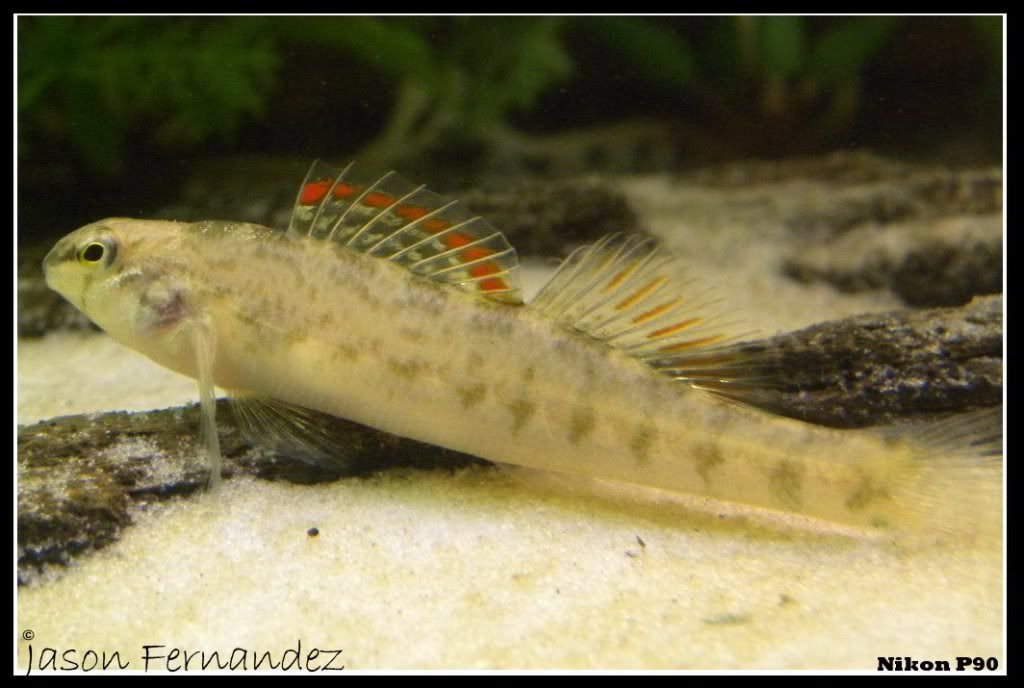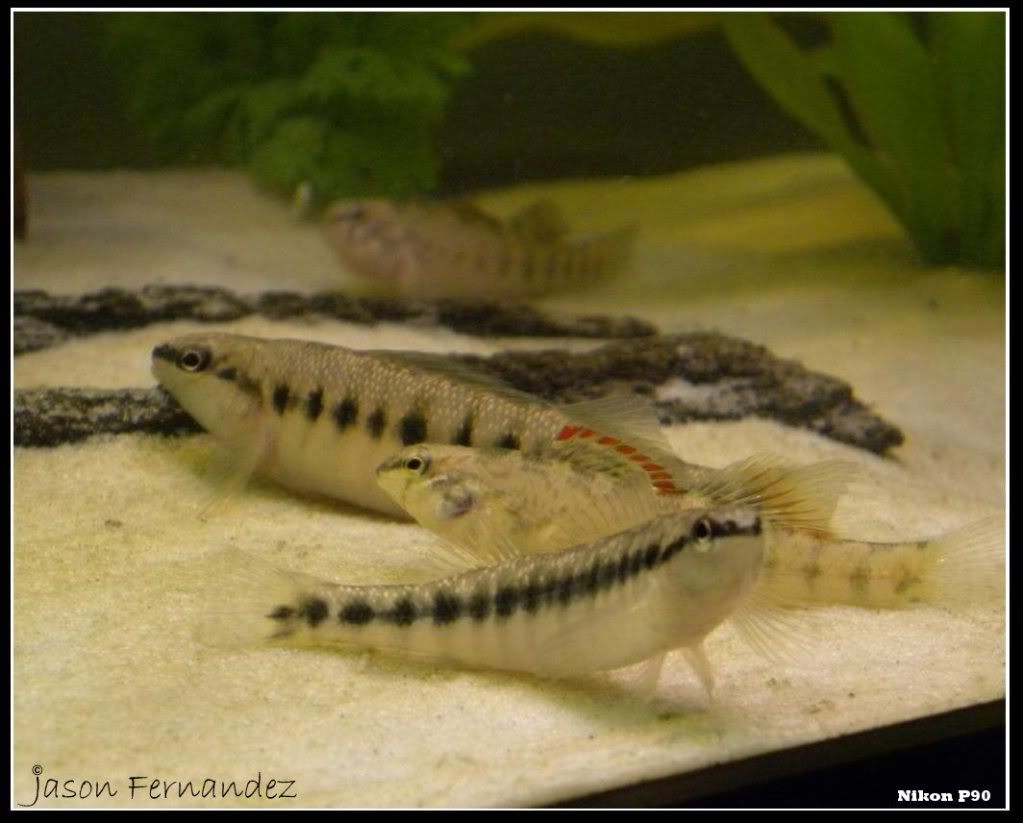2012 Photos from the Ozarks
#61
 Guest_IsaacSzabo_*
Guest_IsaacSzabo_*
Posted 12 February 2013 - 04:55 PM
#62
 Guest_davidjh2_*
Guest_davidjh2_*
Posted 12 February 2013 - 11:28 PM
#63
 Guest_IsaacSzabo_*
Guest_IsaacSzabo_*
Posted 21 February 2013 - 12:16 AM
#64
 Guest_IsaacSzabo_*
Guest_IsaacSzabo_*
Posted 21 February 2013 - 01:19 AM
Perhaps a moderator could correct the original post?
#65

Posted 21 February 2013 - 09:48 AM
#66
 Guest_IsaacSzabo_*
Guest_IsaacSzabo_*
Posted 21 February 2013 - 08:02 PM
#67
 Guest_Rainbowrunner_*
Guest_Rainbowrunner_*
Posted 09 March 2013 - 02:24 PM
#68
 Guest_IsaacSzabo_*
Guest_IsaacSzabo_*
Posted 09 March 2013 - 06:10 PM

Nikon D7000 in a DiCAPac WP-S10 housing. Far from the best equipment. In fact, most underwater photographers would consider this housing to be inadequate. It is certainly limited compared to a real housing system costing several thousand dollars. But, it's not really as much about the equipment as most people think. What's much more important is knowing how to properly use whatever equipment you have. With the proper knowledge, you can get great underwater photos from a waterproof point and shoot camera costing a couple hundred dollars.
#69
 Guest_Usil_*
Guest_Usil_*
Posted 09 March 2013 - 10:21 PM
Usil
#70
 Guest_Rainbowrunner_*
Guest_Rainbowrunner_*
Posted 10 March 2013 - 10:48 AM
#71
 Guest_Rainbowrunner_*
Guest_Rainbowrunner_*
Posted 10 March 2013 - 11:00 AM
I'm still not getting the clarity i'm looking for, my pics look grainy compared to yours, why?
In post production I crop, resize and use the saturation tool to restore any lost color density.
Is it because you are using raw and i'm using .jpg formats?


#72
 Guest_IsaacSzabo_*
Guest_IsaacSzabo_*
Posted 11 March 2013 - 12:38 AM
#73
 Guest_IsaacSzabo_*
Guest_IsaacSzabo_*
Posted 11 March 2013 - 01:34 AM
Todd and Lance are both really talented underwater photographers with some amazing images. We have quite a few other members here who take great underwater photos as well.
Your darter photos look pretty good. They could maybe use a small amount of sharpening. If you're having issues with too much grain, you might want to do a little research on ISO. A camera's ISO value is the main setting that determines the amount of grain (also called noise) in the images. A low ISO setting results in images with very little grain. You may want to look into how to control the ISO setting on your camera. If you are using your camera in automatic mode, increasing the amount of light on your subject will cause the camera to use lower ISO values. So, to avoid grainy images, have as much light on your subject as possible. This can be difficult with images of fish in aquariums because aquarium lights are not very bright. You may want to try using your camera with the flash enabled to increase the amount of light. Just make sure you are at an angle to the glass to avoid reflections.
#74
 Guest_Rainbowrunner_*
Guest_Rainbowrunner_*
Posted 11 March 2013 - 10:49 AM
0 user(s) are reading this topic
0 members, 0 guests, 0 anonymous users









